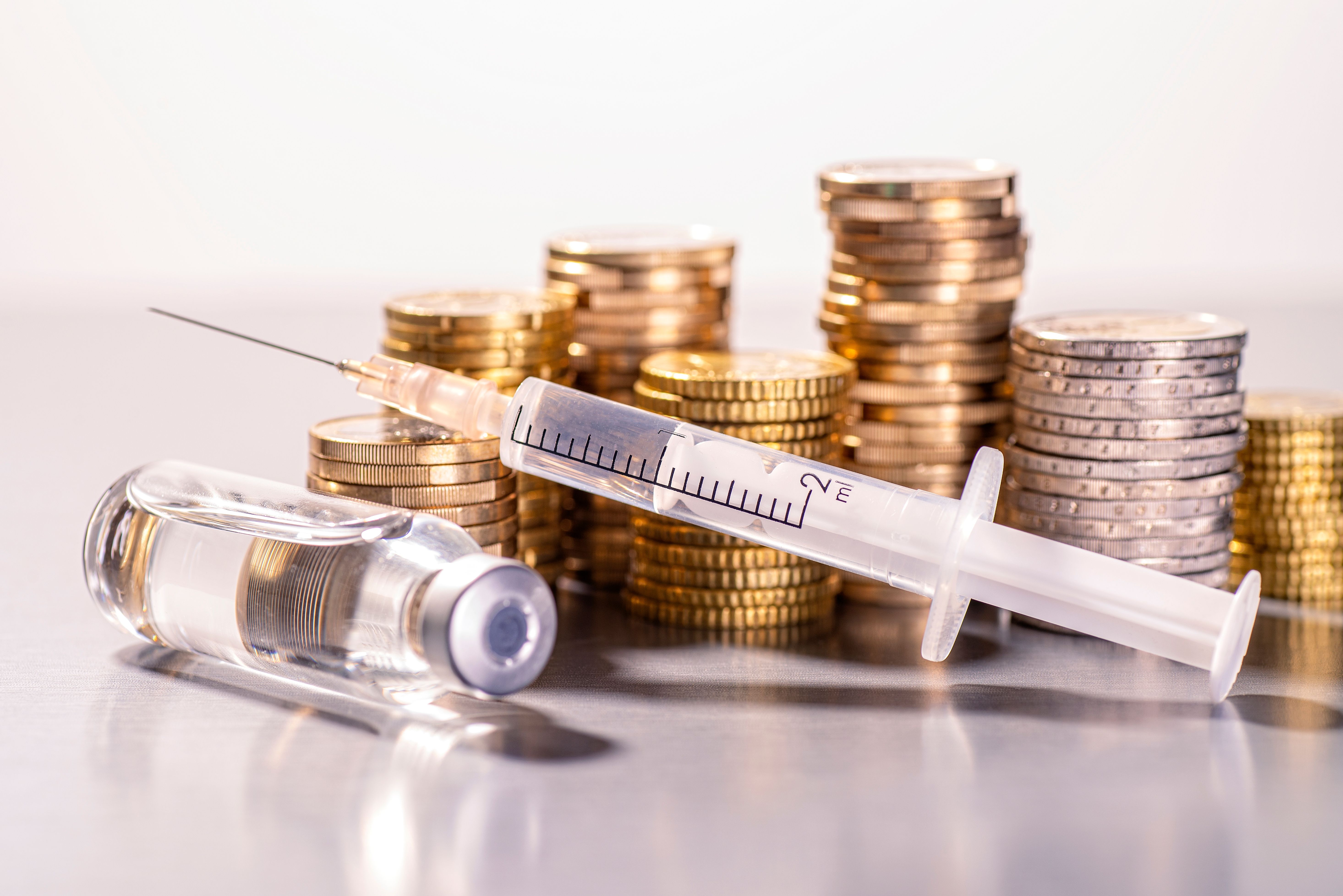Main Points
- Increased biosimilar competition has not led to lower out-of-pocket (OOP) costs for patients with commercial health insurance.
- There is a need for targeted policy interventions to ensure patients can benefit from biosimilar savings and have access to more affordable medications.
- Factors contributing to the lack of reduction in patient OOP costs include variations in insurance benefit designs, higher reimbursement rates by insurers for clinician-administered drugs, and limited competition in the biosimilar market affecting biologic prices.
More biosimilar competition did not result in lower out-of-pocket (OOP) costs for patients with commercial health insurance, suggesting a need for targeted policy interventions to ensure patients can benefit from biosimilar savings and more affordable medications, according to a recent analysis.
The cohort study relied on a national commercial claims database (Optum Clinformatic Data Mat) to identify outpatient claims for 7 biologics administered in clinics: filgrastim, infliximab, pegfilgrastim, epoetin alfa, bevacizumab, rituximab, and trastuzumab. Data from January 2009 to March 2022 was utilized, and only claims by commercially insured patients under 65 years old were included.
Patient annual OOP spend on biologics were calculated for each calendar year, and OOP spending per claim between the originator and biosimilar versions were compared. Two-part regression models were used to assess the differences in OOP spending.
For the first analysis, the researchers analyzed 1.3 million claims from 145,389 individuals over 4 years, before and after biosimilar competition started for each drug. Data included at least 2 years post-biosimilar availability, with filgrastim and infliximab having 4 years of post-competition data. The cohort had 251,566 patient-years, primarily from patients aged 45 to 64 years (66%), females (58%), with 26% in high-deductible health plans, and 60% receiving the drug in an office setting. Infliximab was the most used biologic (31% of patient-years), while epoetin alfa was the least (3% of patient-years).
Nearly half of patient-years (49%) had nonzero annual OOP spending. Overall, there was a trend toward more patients with nonzero OOP costs and higher mean annual OOP costs before and after biosimilars entered the market. In the second year after biosimilar competition, the adjusted odds ratio (aOR) of nonzero annual OOP spending was 1.08, and mean nonzero annual spending was 12% higher compared to the year before biosimilar availability.
Trends in OOP spending varied by drug. Drugs with recent biosimilar competition (rituximab and trastuzumab) showed significantly lower mean annual OOP spending 2 years after biosimilar entry, while others had higher or nonsignificant changes in mean OOP spending.
In the second analysis, the study included 586,493 claims from 81,197 individuals who used any of the 7 biologics after a biosimilar became available. Of these claims, 149,433 (25%) were for a biosimilar version, representing 28,352 individuals (35%). The percentage of claims for biosimilars varied, ranging from 9% for pegfilgrastim claims to 59% for trastuzumab claims.
Overall, 28% of reference biologic claims and 17% of biosimilar claims had nonzero OOP costs. After adjusting for covariates, biosimilar claims were more likely to have nonzero OOP costs than claims for the reference biologic (aOR, 1.13). There was variation in nonzero OOP costs among the drugs. For example, biosimilar infliximab claims were more likely to have nonzero OOP costs than the reference biologic, while bevacizumab showed the opposite trend.
Among claims with nonzero OOP costs, the mean OOP costs were lower for biosimilars ($707) than reference biologics ($911). Adjusted mean nonzero OOP costs were 8% lower for biosimilars compared to reference biologics. There was variation by drug, with lower mean nonzero OOP costs for biosimilar filgrastim and rituximab, but higher costs for biosimilar bevacizumab compared to the original versions. Sensitivity analyses confirmed these findings after age and sex were removed as covariates.
The authors suggested several reasons for why biosimilar competition has not resulted in lower patient OOP costs, including:
- Patient cost-sharing varies based on insurance benefit design, making it challenging to directly link drug costs to OOP spending, especially with fluctuating deductibles and OOP maximums.
- OOP costs for clinician-administered drugs are influenced by insurers' reimbursement rates, which can be significantly higher than the actual drug cost, particularly for commercially insured patients.
- Medicare reimbursement, based on average sales prices, differs from commercial insurance, affecting OOP costs differently.
Additionally, limited competition in the biosimilar space could prevent steeper reductions in biologic prices. Billing rules also complicate competition for clinician-administered biologics, as separate billing codes for reference biologics and biosimilars limit direct price competition.
The study had several limitations, including a lack of specific insurance benefit data, aggregation of cost-sharing into one variable, absence of robust drug amount data, reliance on insurance claims without factoring in manufacturer assistance, limited generalizability to pharmacy-administered biologics, and potential changes in the biosimilar-OOP costs association with more approvals in the future.
The authors concluded, “While strengthening the biosimilar market and further incentivizing biosimilar uptake are important, it is equally important to ensure that biosimilar competition translates into better affordability and access for patients who rely on these medications. For privately insured patients, state or federal laws could constrain OOP costs for biosimilars; alternatively, legislators could seek to ensure that patient cost-sharing is not tied to reimbursement rates that can exceed drug prices.”
Reference
Feng K, Ruso M, Maini L, Kesselheim AS, Rome BN. Patient Out-of-Pocket Costs for Biologic Drugs After Biosimilar Competition. JAMA Health Forum. 2024;5(3):e235429. doi:10.1001/jamahealthforum.2023.5429


